
Got a shady garden? Assume you can’t grow anything interesting? Not so, says Flo Whitaker. Many plants prefer life in the shade.
So long as they’re sheltered from the worst weather, hydrangeas revel in damp, light shade. Climbing Hydrangea petiolaris will disguise an unappealing wall and offers a long season of interest, with crisp white flowers in early summer, good autumn leaf colour and self-clinging, (non-invasive!) cinnamon-coloured stems.
Honeysuckles are natural woodland dwellers that enjoy life on the shady side and the vast clematis family contains a few shade-tolerant types, including the long-lived, hard-working ‘Elizabeth’ – an appropriate planting choice to commemorate this Jubilee year.
For neatly clipped hedges and topiary, nothing beats Yew, (Taxus) or Box, (Buxus), particularly in confined spaces. Tiny-leaved Lonicera nitida makes a dense hedge and thrives in deep shade, but grows stout with age, so requires more room. Euonymus comes in many forms, including silvery and golden variegated types that will illuminate gloomy areas. Berberis, with its tiny, nectar-laden flowers is a real bee magnet. This is a thorny plant, best kept away from pathways and suchlike, but it can be loosely clipped to make a good security or vandal-proof hedge.
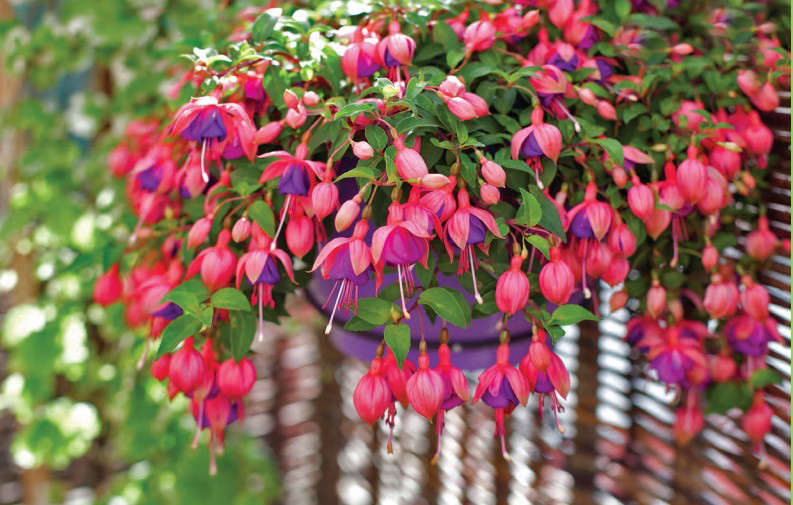
Hollies, (Ilex) endure most situations but prefer slight shade. Some can potentially become very large, so check the label for height and vigour. If space is limited, consider a standard ‘lollipop’ specimen in a large pot. Hollies often require another holly nearby to crosspollinate and produce berries, however, there are self-fertile forms available, including the excellent and reliable ‘J.C. van Tol’.
Some hardy geraniums revel in light shade. ‘Rozanne’ and ‘Orion’ make large, vigorous clumps, whereas Geranium phaeum (Impatiens) are hard to beat. Smallleaved ivies (Hedera), can be trained over pot edges or through wire frames to make topiary shapes. Lilies can take a surprising amount of shade and springtime bulbs such as snowdrops, (Galanthus), cyclamen and wood anemones positively revel in it. Narcissi enjoy sunny locations, but, in gardening, there are always exceptions to the rules.
Narcissi ‘Sailboat’ has multi-headed blooms in pale yellow and white and much prefers dappled shade. Another shadeloving rule-breaker is Pelargonium tormentosum, which produces furry scented leaves and masses of tiny white flowers throughout summer. It’s not frosthardy, so overwinter in a greenhouse or conservatory. It propagates easily from cuttings in spring, as does plectranthus ‘Nico’. Semi-trailing in habit, Nico’s handsome leaves have vivid beetroot red undersides; perfect for teaming up with ferns and hostas. And don’t forget that old faithful, the spider plant, (Chlorophytum) which, like plectranthus, bleaches horribly in direct sunlight, but keeps its colours in light shade. A spider plant looks brilliant in a hanging basket and is a good summertime ‘project’ for a young, novice gardener.

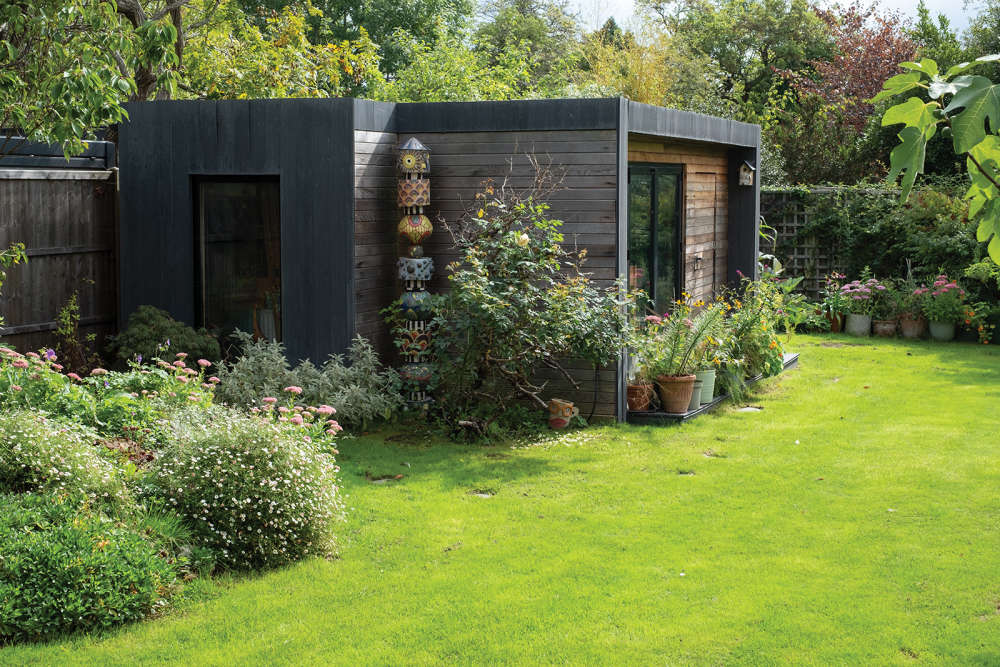 Homes Extra: Shed Space
Homes Extra: Shed Space
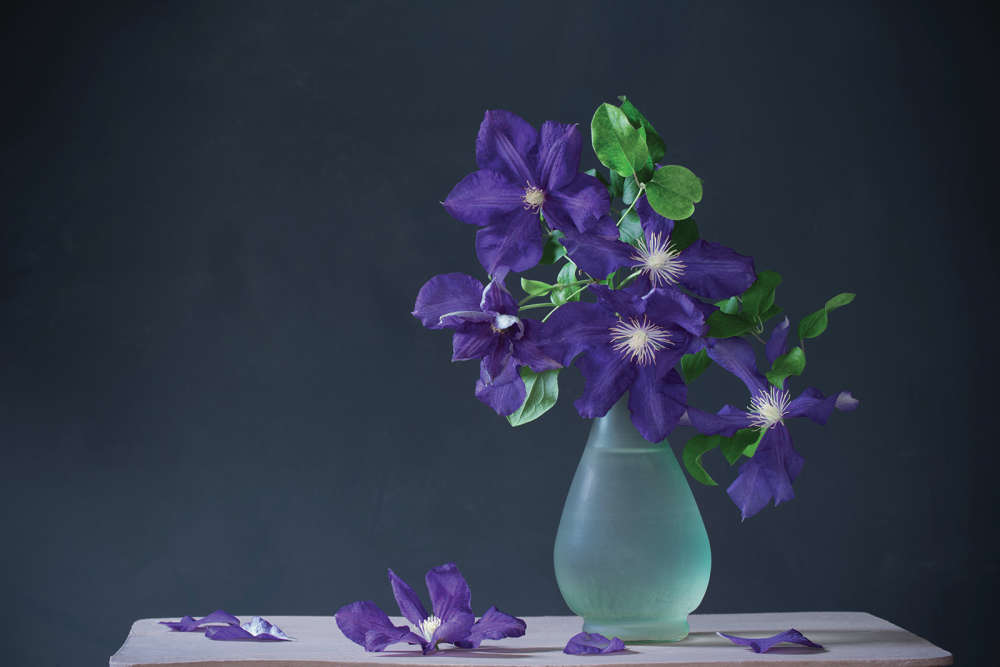 Gardening: Choose a Clematis for Every Month of the Year
Gardening: Choose a Clematis for Every Month of the Year
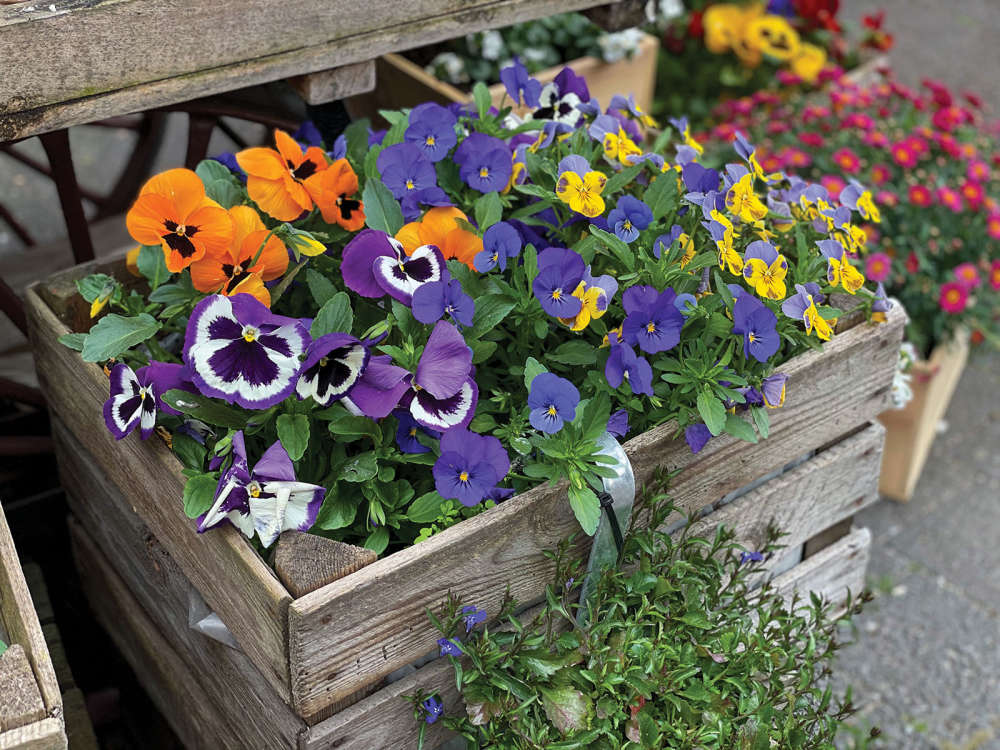 Blooming Times: Top of the Pots
Blooming Times: Top of the Pots
 Kids Zone: Get the Kids Growing
Kids Zone: Get the Kids Growing
 Blooming Times: Wisteria Hysteria
Blooming Times: Wisteria Hysteria
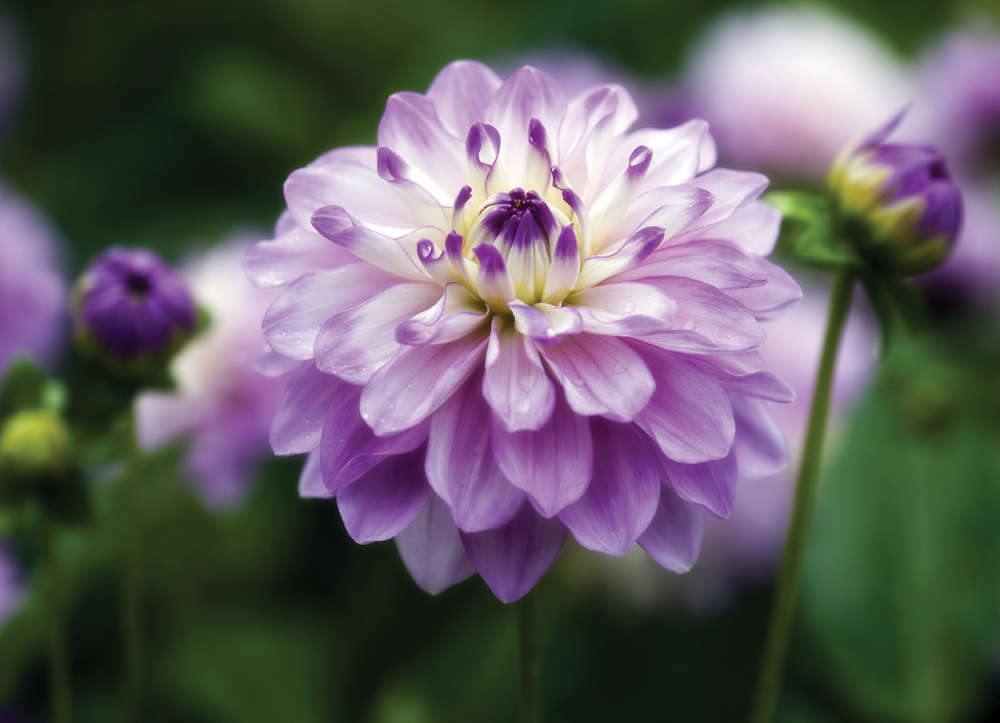 Blooming Times: Dahlia Mania
Blooming Times: Dahlia Mania
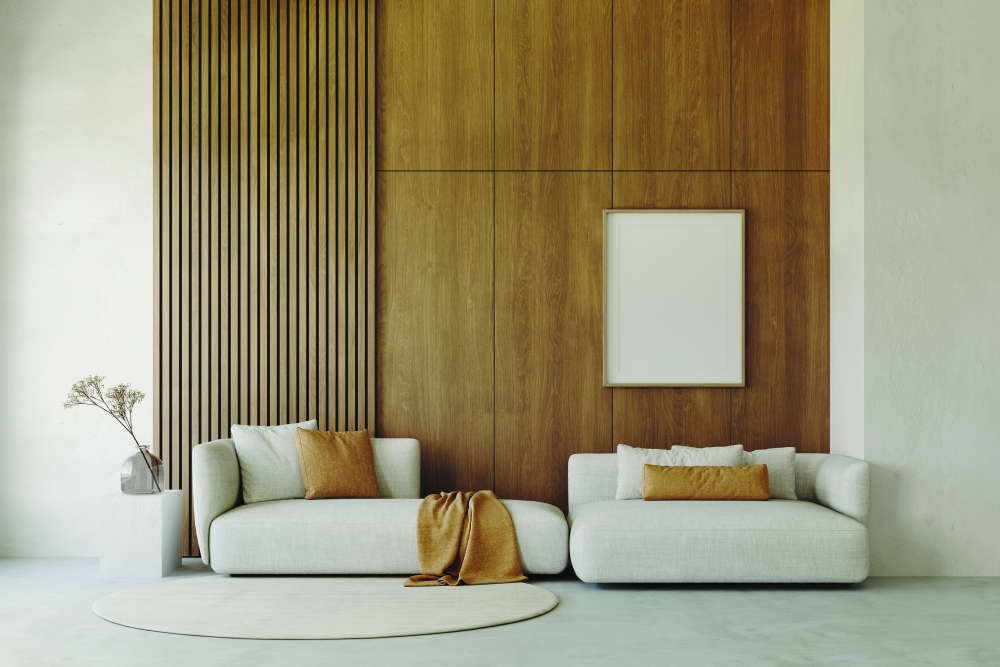 How to Create 3D Walls in Your Home
How to Create 3D Walls in Your Home
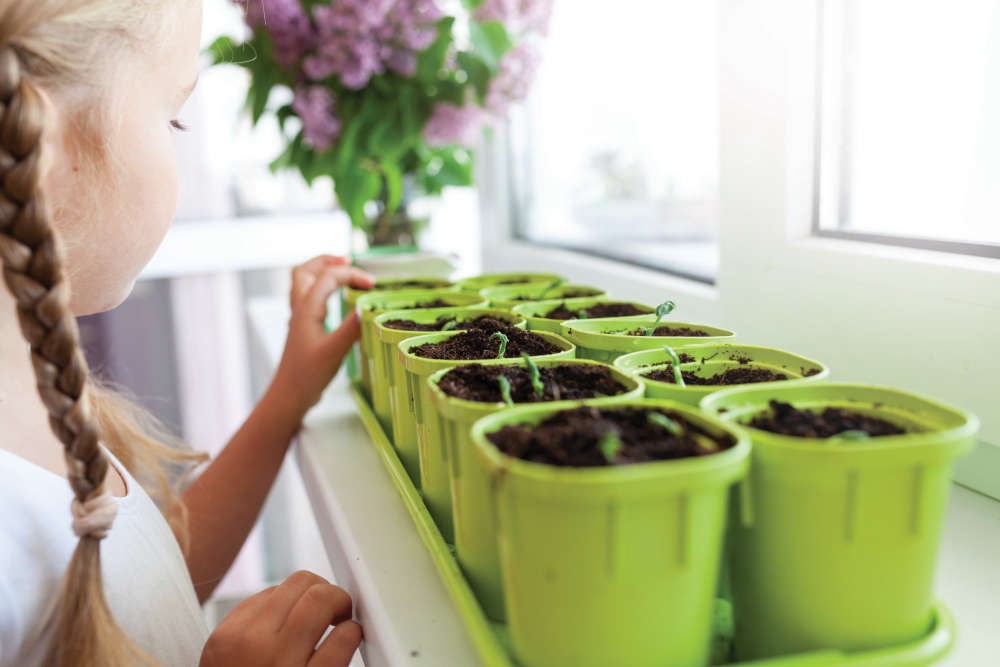 Blooming Times: Spring Fever
Blooming Times: Spring Fever
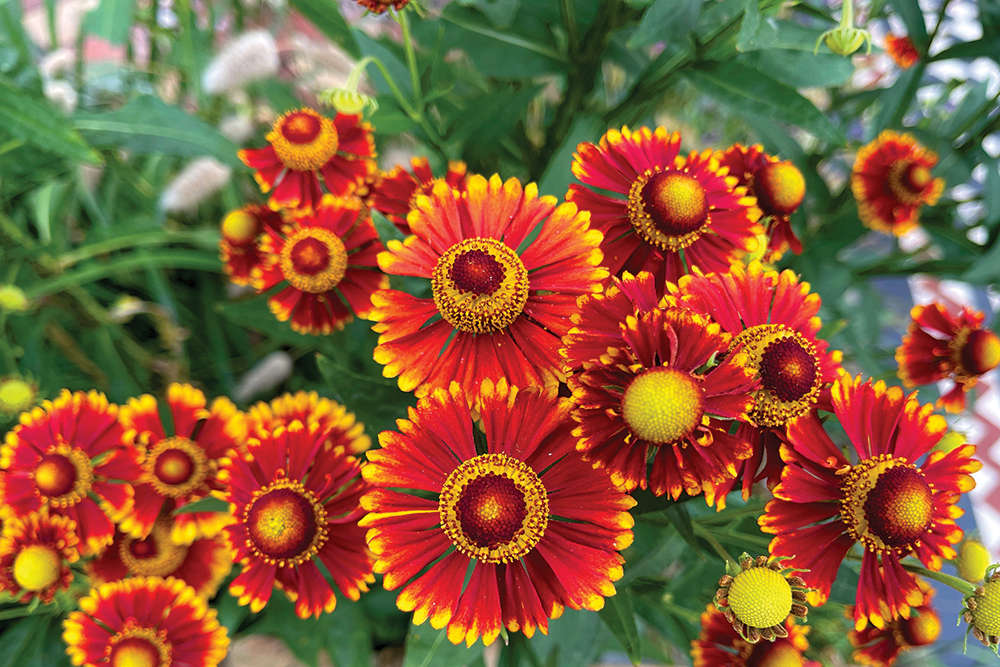 Blooming Times: What's in a Name?
Blooming Times: What's in a Name?
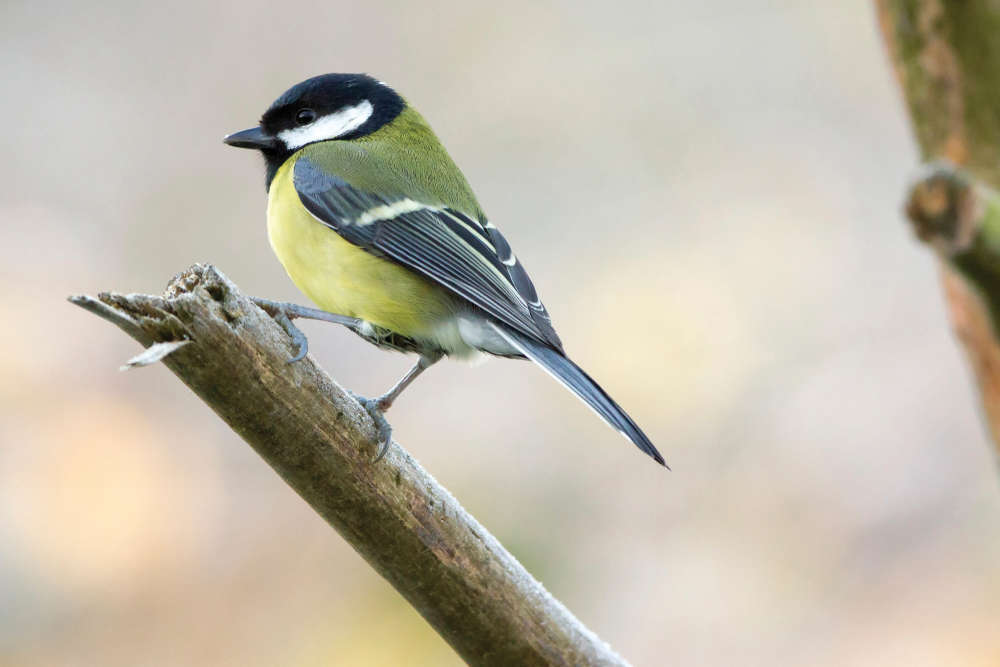 Top 10 Garden Birds to Spot on the Isle of Wight
Top 10 Garden Birds to Spot on the Isle of Wight
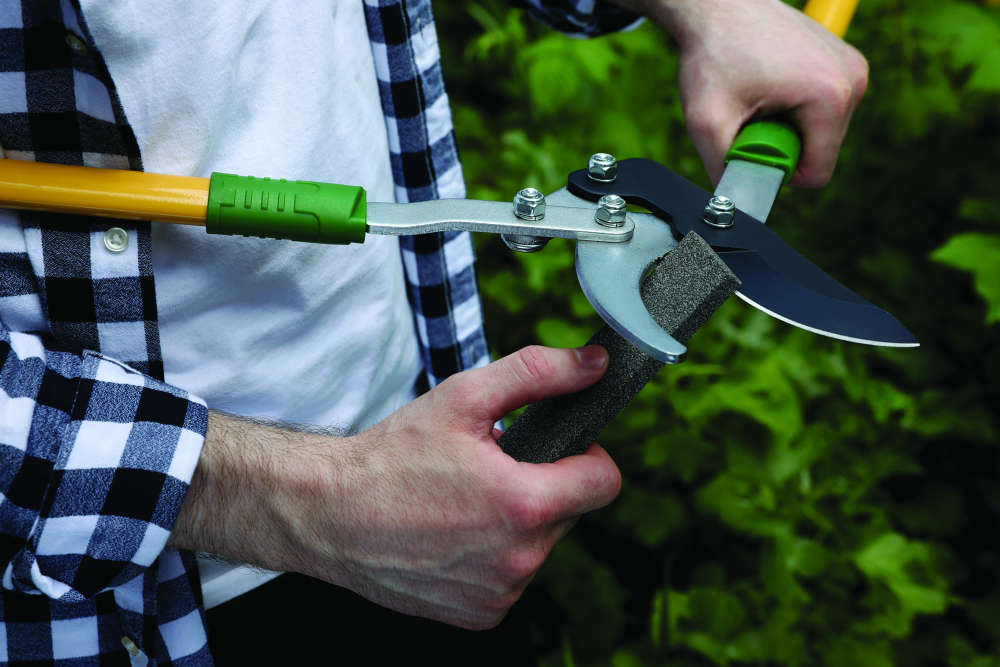 The Best Christmas Gifts for Gardeners
The Best Christmas Gifts for Gardeners
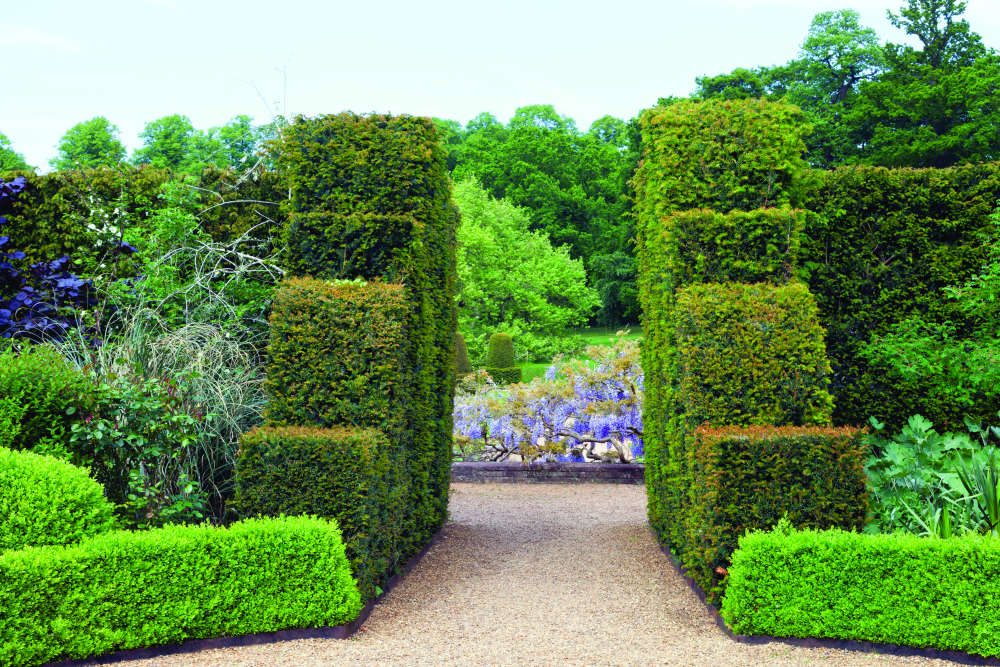 Gardening: The Benefits of Hedges
Gardening: The Benefits of Hedges
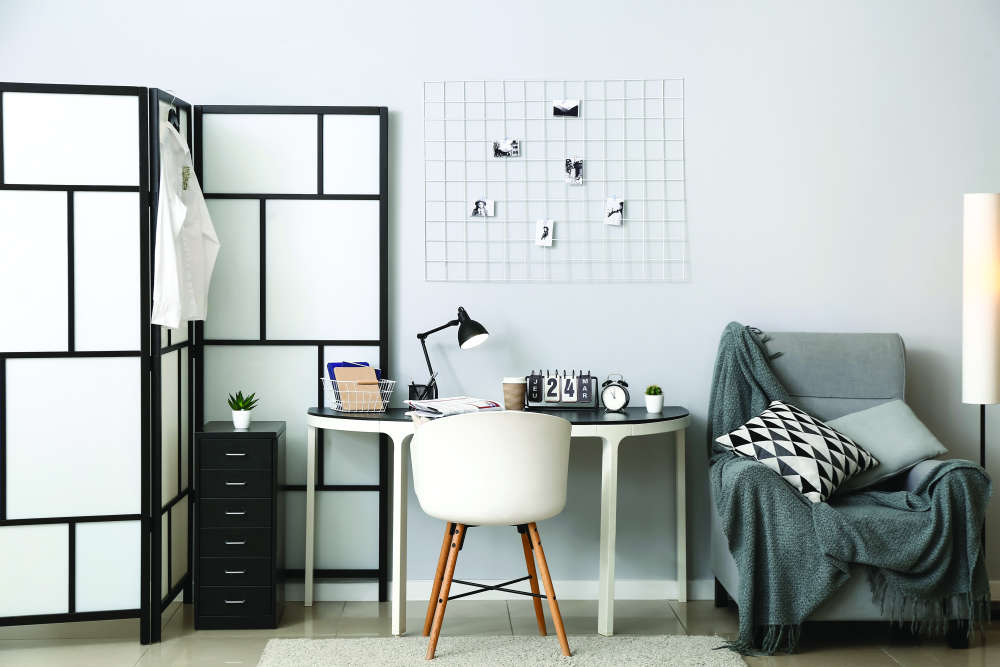 How to Create a Happy Home Workspace
How to Create a Happy Home Workspace
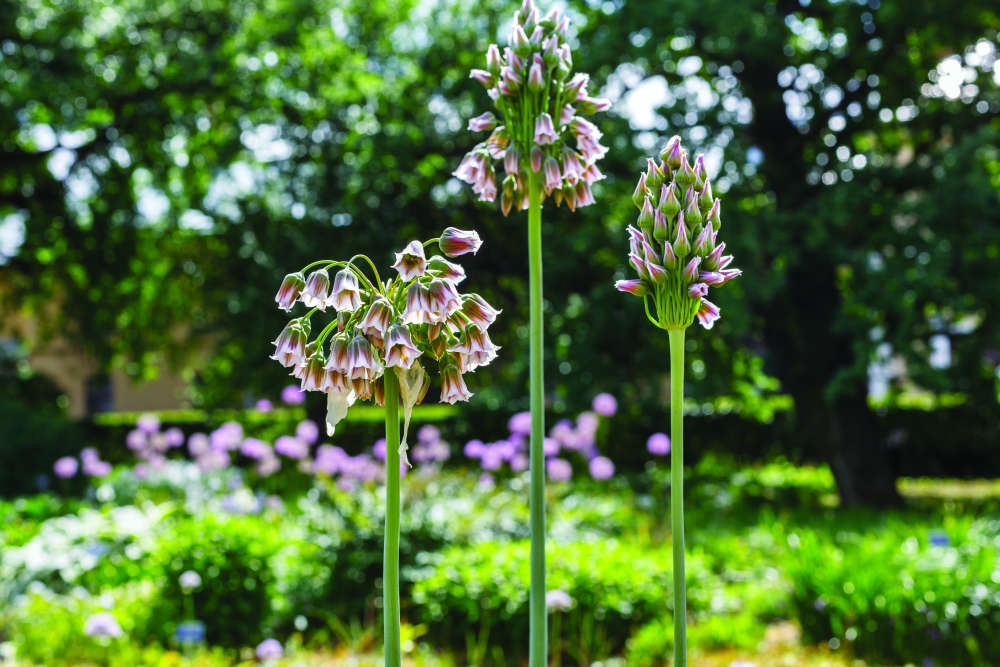 Now's the Time to Plant Alliums for a Spectacular Display Next Year
Now's the Time to Plant Alliums for a Spectacular Display Next Year
 Gardening Facts or Fictions?!
Gardening Facts or Fictions?!
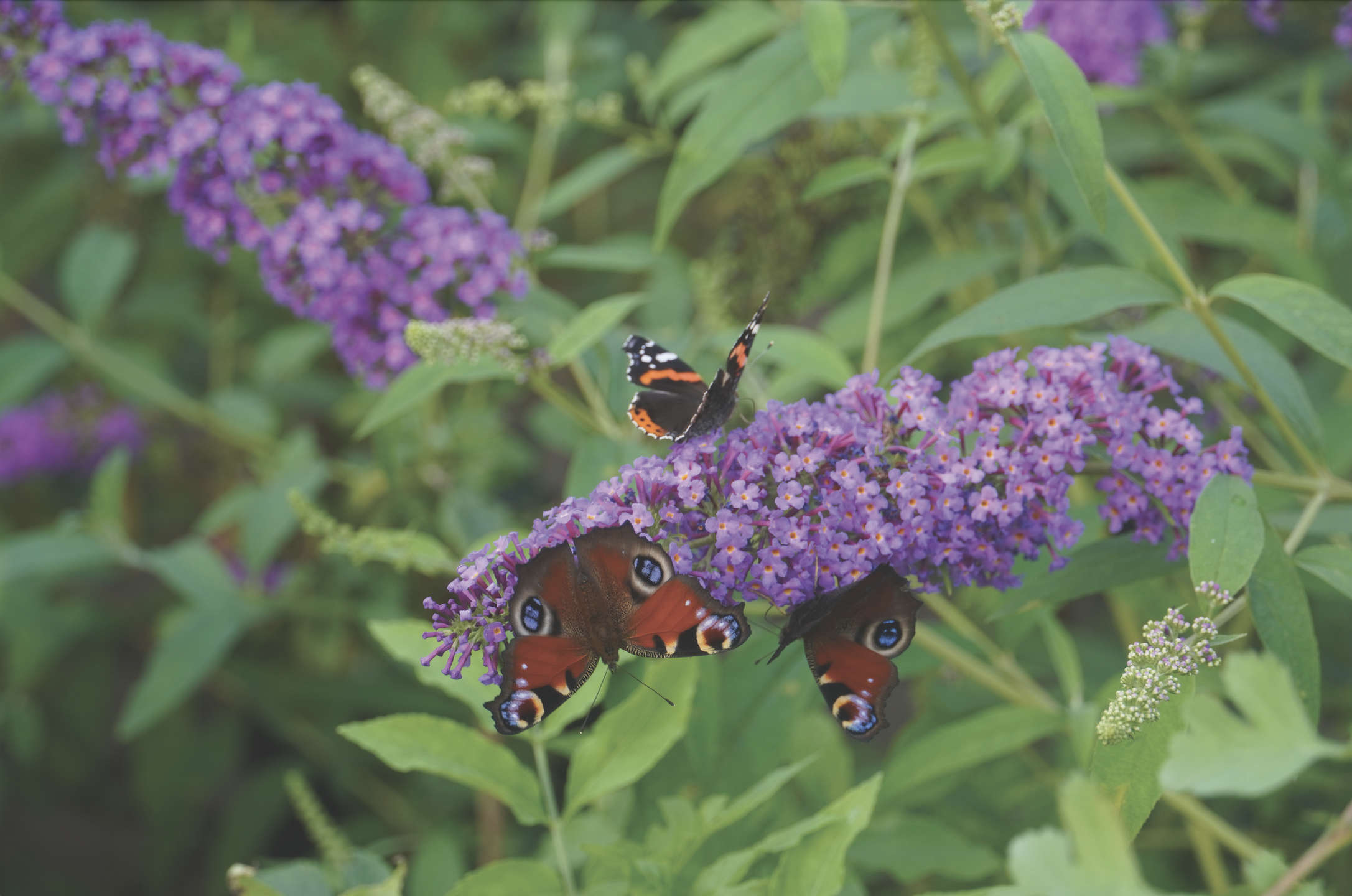 Fill The Gaps in Your Garden With Stunning Shrubs
Fill The Gaps in Your Garden With Stunning Shrubs
 Summer in the Garden: The Alan Titchmarsh Column
Summer in the Garden: The Alan Titchmarsh Column
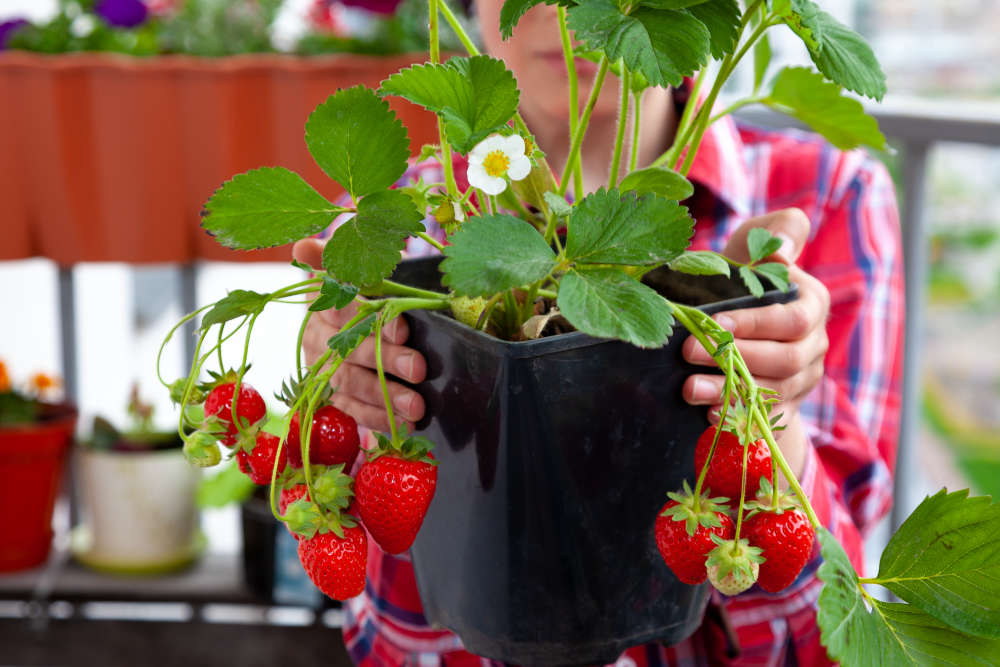 Grow Your Own Strawberries
Grow Your Own Strawberries
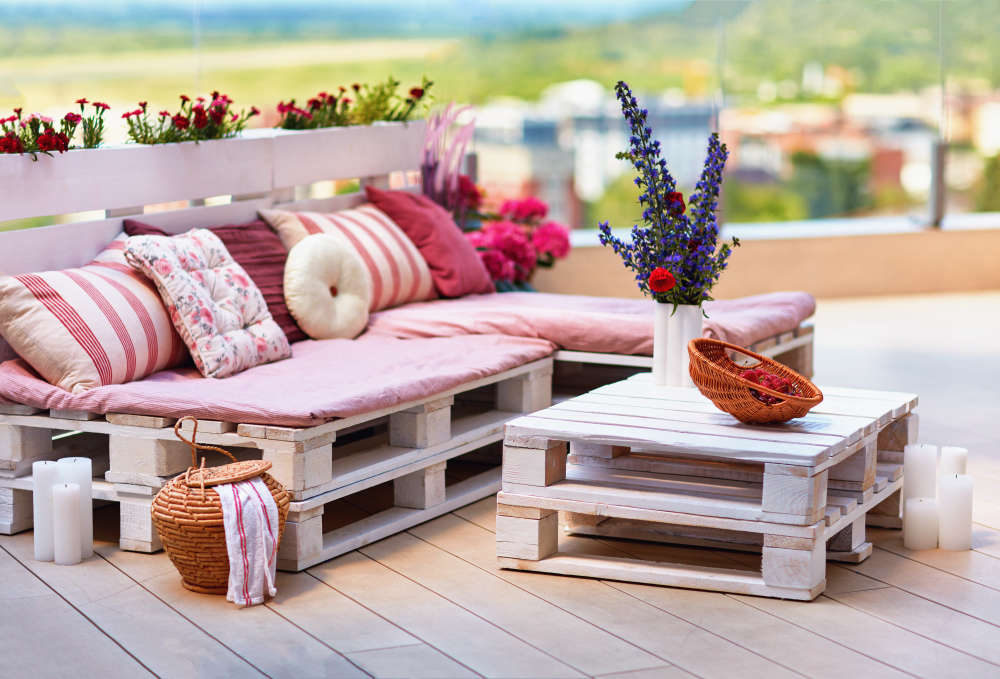 How to Make a Garden Sofa Out of Pallets
How to Make a Garden Sofa Out of Pallets
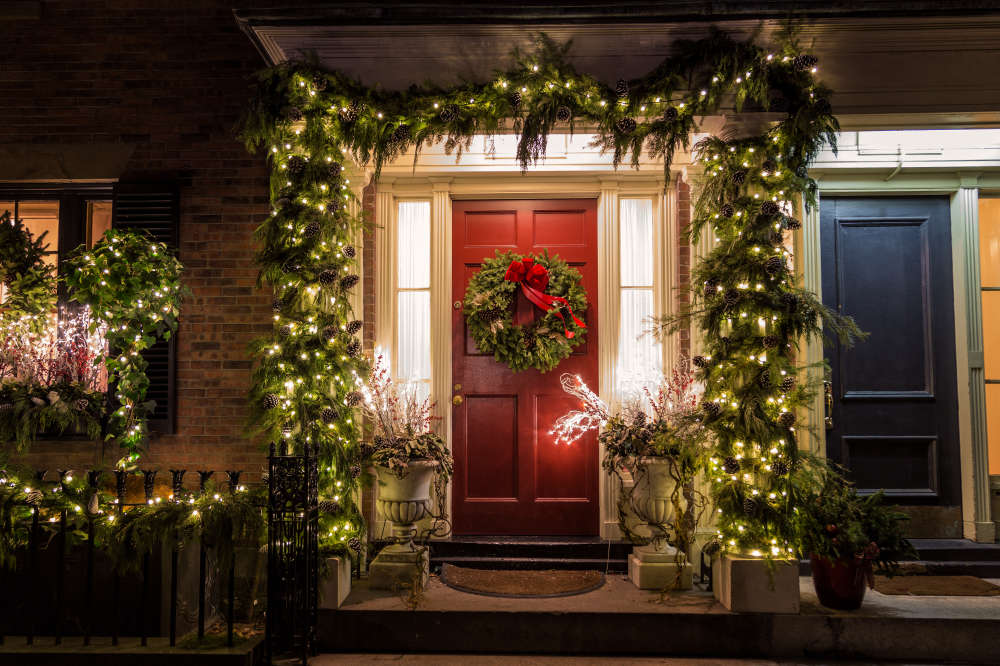 How to Create a Festive Garden
How to Create a Festive Garden